Pasteurised Frequently Milk source Dairy cattle Texture Hard | Source of milk Cows Aging time Up to ten weeks Country of origin Wales, England Aging Up to 10 weeks | |
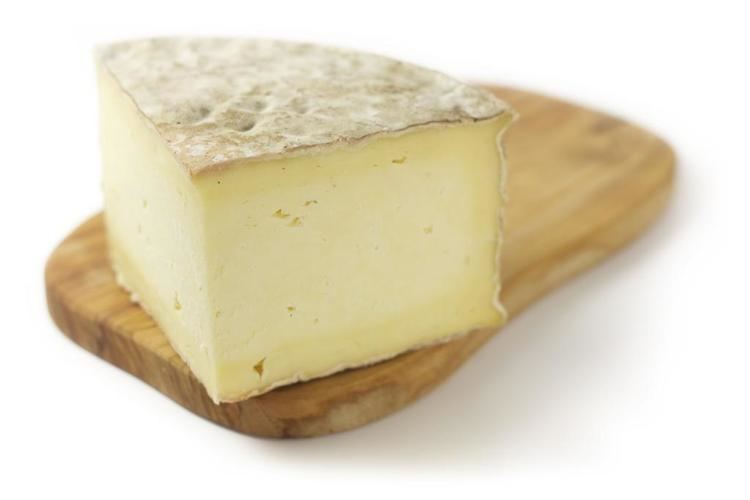 | ||
Region of origin Caerphilly, South West England Similar Gloucester cheese, Wensleydale cheese, Cheshire cheese, Red Leicester, Stinking Bishop cheese | ||
How to make caerphilly cheese
Caerphilly is a hard, crumbly white cheese that originated in the area around the town of Caerphilly, Wales. It is thought to have been created to provide food to the local coal miners. The Caerphilly of that period had a greater moisture content, and was made in local farms. At the start of the 20th century, competition for milk in the local area saw production reduce and Caerphilly production was gradually relocated to England.
Contents
- How to make caerphilly cheese
- Caerphilly cheese festival the big cheese 2016 wales vlog
- History
- Description
- Reception and legacy
- References
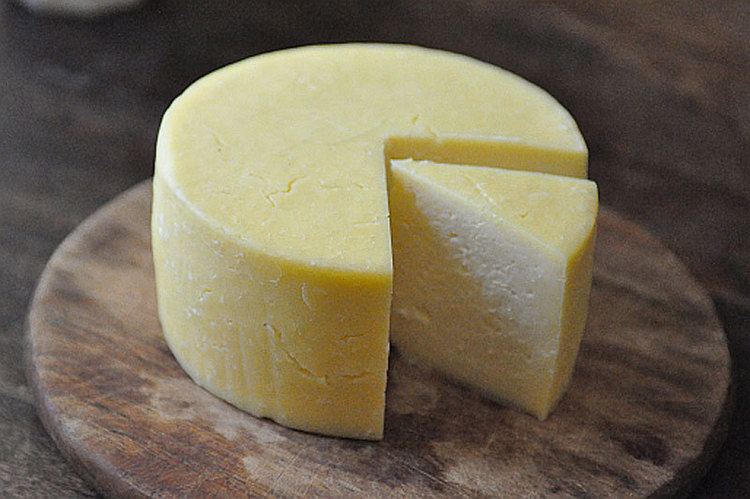
During the Second World War, production was stopped outright and diverted to Cheddar in English factories. After the war, those factories began to produce Caerphilly as it was quicker to make than Cheddar, and therefore more profitable. The majority of Caerphilly is now produced in Somerset and Wiltshire. Despite this, artisan cheesemakers still make Caerphilly in the pre-war style, and these have been successful at the British Cheese Awards.
Caerphilly cheese festival the big cheese 2016 wales vlog
History
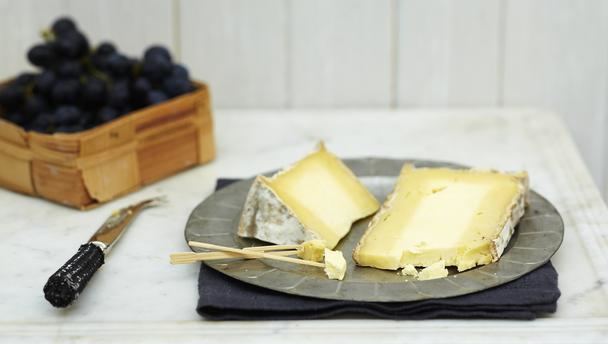
Caerphilly cheese was originally a moist curd, made in local farms. It has since been replaced with a much dryer version created in factory level quantities. However, there still remain some cheesemakers producing Caerphilly in the old style on an artisan basis. The cheese was originally made to provide the coal miners of the area. This has subsequently been attributed due to the salt content of the cheese being required by manual workers, or because it can be suitably cut into wedges and does not dry out in the conditions underground. Caerphilly became a centre for cheese production, but over time competing demands for the milk required resulted in production of the cheese starting in England at the start of the 20th century.
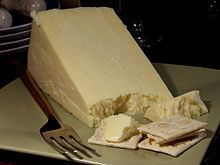
Farmhouse Caerphilly production died out during World War II as it did not keep as well as Cheddar from English factories for the war effort. After the war these factories started making their own versions of Caerphilly, which was matured very quickly and sold for an increased revenue. Over time, the public forgot the different between the old and new Caerphilly cheeses. The majority of mass-produced Caerphilly cheese is now produced in the English counties of Somerset and Wiltshire. There was a resurgence in farmhouse produced Caerphilly during the 1980s in Wales, as a result of the work of Caws Cenarth Cheese. This occurred because milk quotas imposed at the time meant that milk was being thrown away and so Thelma Adams decided to make a business out of producing cheese from the excess milk.
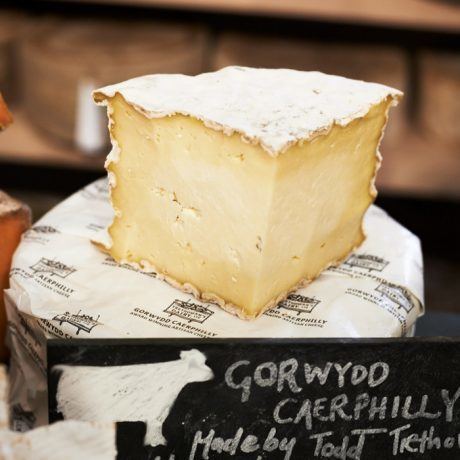
By the late 1990s, there were no cheesemakers in Caerphilly making the cheese for which the town is known. Realising this, Castle Dairies began making the cheese shortly after it opened in the town. Rather than using factory methods, it uses the pre-war production techniques by hand. It went on to win a gold and a bronze award at the British Cheese Awards in 2000. Caerphilly cheese was one of nine Welsh products considered by the British Government in July 2015 as candidates for name protection under the Geographical indications and traditional specialties in the European Union rules. It was the only cheese considered as a candidate on the list.
Description
Caerphilly is a light-coloured (almost white), crumbly cheese made from cow's milk, and generally has a fat content of between 45% to 55%. It has a mild taste, with its most noticeable feature being a tang of lemon. In order to be called a "Traditional" Caerphilly, it must be made with milk produced by Welsh farms. It can be either pasteurised or unpasteurised, and comes in both organic and non-organic varieties.
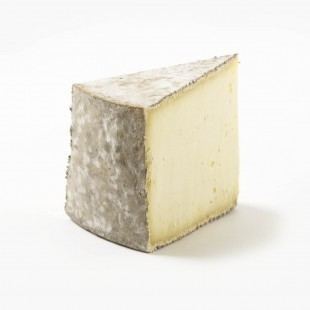
It is created by adding rennet to buttermilk, resulting in curd production. This is then formed and cut, before being pressed lightly into a cylindrical mold. These rounds are then submerged in a bath of brine for 24 hours to cause the production of a rind. Rice flour is used to dust the outside of the cheese, resulting in a white colour to the rind. The cheese ripens quickly, as short as two weeks. The acid production of the cheese is initially slow, but builds up. This in turn with the low temperature that the cheese is taken to during production means that this acid naturally dries out the curd, causing the crumbly texture. The cheese is nicknamed "The Crumblies".
Reception and legacy
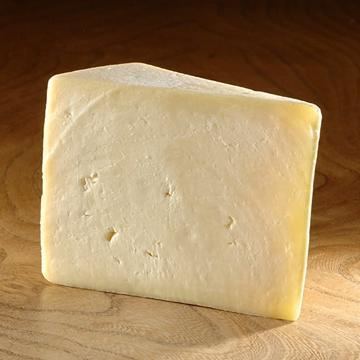
An article in the Chicago Sun-Times in 1987 extolled the virtues of Caerphilly cheese. It described it as having a "mild, salty, buttermilk" flavour and being halfway between ricotta and cheddar.
Bee Wilson, writing for The Daily Telegraph on 9 October 2011, praised the old style of Caerphilly now made by small scale producers such as Gorwydd Farm. She compared it to French cheeses, calling it "buttery" in comparison to the post-war mass manufactured type which she called "young and flavourless, with the texture of chalk".
The town of Caerphilly holds a three-day festival annually to celebrate the cheese entitled The Big Cheese (Welsh: Y Caws Mawr). Also in Caerphilly, there is a sculpture of a cheese. Annually, a best Caerphilly cheese category forms part of the British Cheese Awards. In 2004, Gorwydd Caerphilly won both the Caerphilly prize as well as the overall award for best Traditional British cheese. It was made by brothers Todd and Maugan Trethowan at their family farm in Tregaron, Ceredigion. However, they failed to win the Best Welsh Cheese category.
